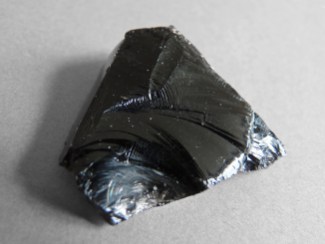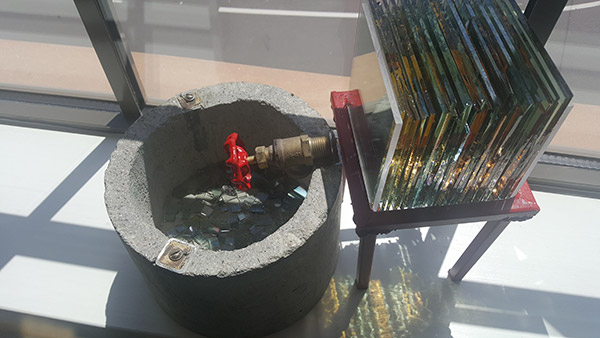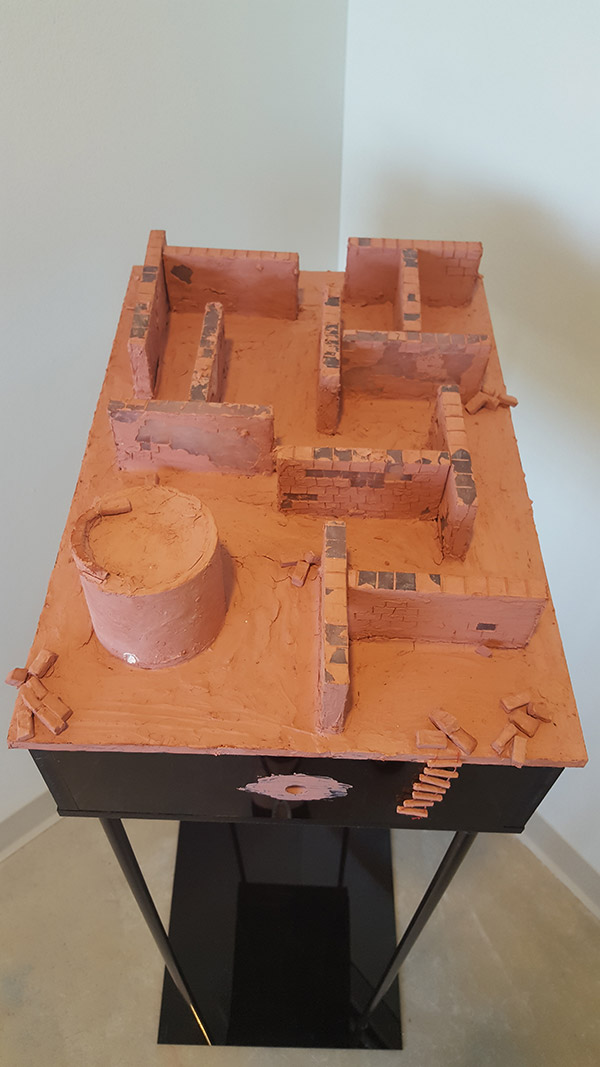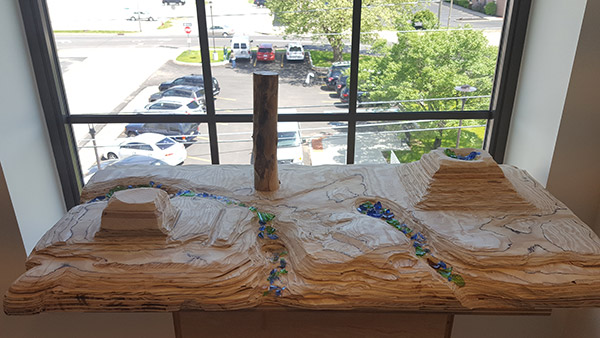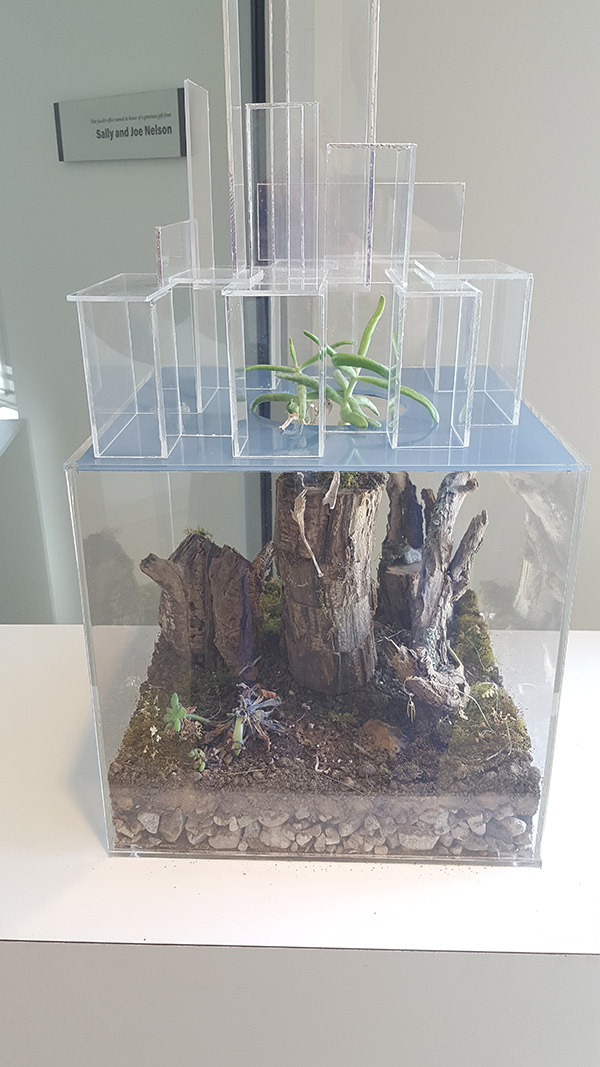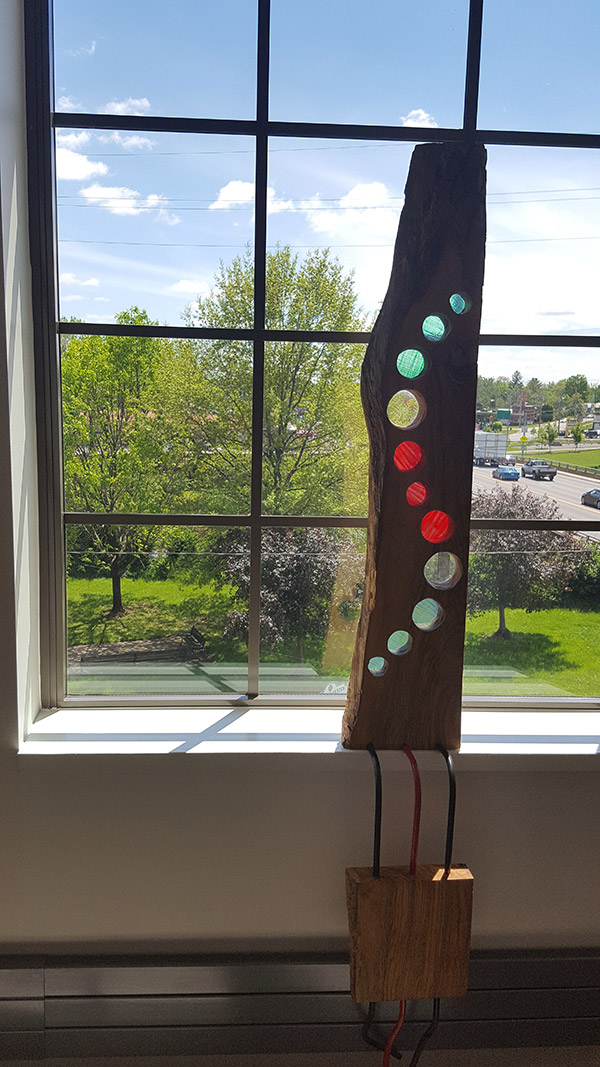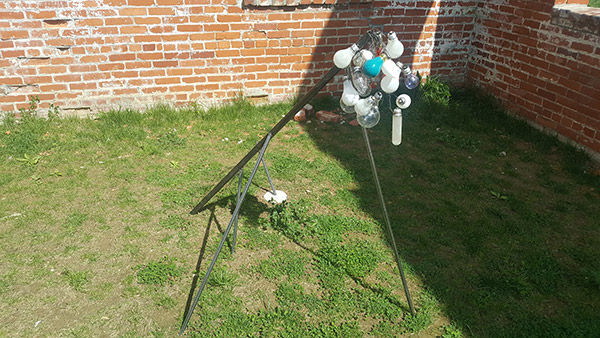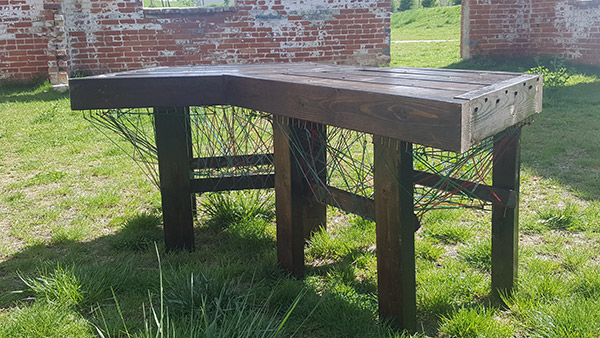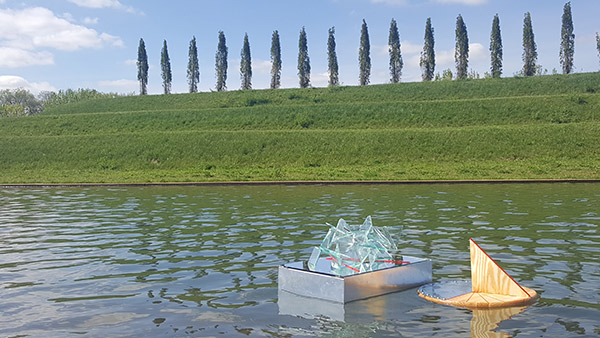The Coxey Building Ruins
- Details
- Written by Sandra Lee
The Coxey Building Ruins, one of the centerpieces of Ariel-Foundation Park, were originally built to be a steel-casting plant. The building’s namesake, Jacob Coxey, made waves when he built the huge factory complex in the early 1900s, but it never became the booming steel plant he envisioned. Instead, after Coxey’s brief and failed attempt at steel casting, the building became the home of the Mount Vernon branch of the Pittsburgh Plate Glass Company. At its peak, the PPG factory was one of the area’s major employers, with entire families, including many Belgian immigrants, working to shape and cut glass together.
Proximity to readily available natural gas and fine sand made the factory the perfect place for glassmaking, and it was here that a new process of glassmaking, called the Pennvernon process, was invented. This process, in which glassmakers pulled ribbons of molten glass through rollers up to three stories high, dominated glassmaking globally from its invention in 1925 until the 1970s. In the 1950s, a new and more efficient process of glassmaking, called “Float Glass,” was invented and eventually replaced the Pennvernon process as the dominant way of making glass. Unable to adapt to this new glassmaking process, the factory was forced to close in 1976. What remains of the 89,250-square foot building today are a few crumbling walls and three elevator shafts, but the legacy of the industry it represents is alive and well in Ariel-Foundation Park.
